January 2021 — Small towns and rural communities across Wisconsin have markedly different experiences when it comes to their downtowns and main streets. Over the last decade, some Wisconsin communities have seen their downtown district become a lifeline to a rural renewal, while others have experienced decline defined by an exodus of businesses and disinvestment from the core business district. Yet others have muddled along with an often flat but stable course, neither booming nor declining. Regardless of the path, downtowns thriving and distressed have spent the last ten years recovering from the Great Recession only to be devastated by the COVID-19 pandemic.
As rural Wisconsin communities weather this pandemic and recession, a path forward is unknown and promises to be difficult, but a journey that is essential nonetheless. As downtowns see businesses close and vacate the downtown, communities are searching for viable paths forward. One such option for many Wisconsin communities may include working with, supporting, welcoming, and incorporating Latinx entrepreneurs and business owners in downtown spaces. Before the pandemic, Latinx [1] entrepreneurs in numerous communities filled vacant downtowns with new businesses like grocery stores, restaurants, and variety stores. These new businesses contributed to increased economic activity and attracted foot traffic by bringing consumers back to the central business district and often appealing to a broad regional customer base. These businesses also reinvigorated downtowns by directing investment in downtown properties through increased sales, tax revenues, and property values, and acting as social and cultural hubs where people visited for goods and services and congregated for social connections.
Changing Demographics of Rural Communities
Since 2000, the Latinx population of Wisconsin has increased from under 3 percent to over 7 percent of the total population in 2019 [2]. Many rural communities and small towns across Wisconsin – like Abbotsford, Delavan, Sharon, Walworth, and Wautoma – are at or near a quarter of the overall population identifying as Hispanic or Latino. Over the last decade, many of these same communities have seen the proportion of the overall Hispanic population increase drastically – Arcadia, Colby, Cumberland, New London, Sharon, Stanley, and Weyauwega have all seen a doubling or more of the residents who identify as Hispanic or Latino. These new immigrants to Wisconsin communities, especially rural communities, often help slow what would have otherwise been acute population loss or even reverse population decline and lead to overall population growth.
Table 1. Select Rural Wisconsin Communities Total Population & Percent of Total Population Hispanic/Latino, 2010-2018 (ACS, 5-yr estimates)
Latinx Entrepreneurship
This influx of newcomers to Wisconsin communities has caused a surge in Latinx-owned businesses in these rural communities, which had previously experienced a business decline, particularly in the downtown areas [3]. Often drawn to employment opportunities in factories, food processing, and agriculture, young people from Latin American are moving to many of these rural Wisconsin communities. Across the United States, Latinx businesses grew by approximately 34 percent over the last ten years, contributed over $700 billion in annual sales [4], and employed more than 3 million people [5]. Nationally, roughly 25 percent of new businesses are Latinx-owned [6]. New immigrants to rural communities are leaving an indelible positive mark across the country. In Wisconsin, many Latinx community members and entrepreneurs are providing much-needed support to vital sectors of the workforce, are starting new businesses in their new home communities, and notably are reviving downtowns and main streets.
In a recent study of Latinx immigrant and downtown businesses in Clark and Trempealeau Counties, an increase in the immigrant population not only led to a broader customer base due to new Latinx-customers but also saw a spillover to other downtown businesses. This same study saw an increase in new businesses like restaurants, party planning rental and banquets venues, money wiring services, specialty grocery stores, and variety stores. Furthermore, long-time, white business owners in both communities expressed support for an increase in Latinx-owned businesses and credited these businesses with downtown growth and sustainability, which increased both the number of entrepreneurs and the customer base [7].
Barriers to Latinx Entrepreneurship and Downtown Revitalization
Despite rapid growth in Latinx businesses and the economic footprint of Latinx consumers nationally (e.g., estimated that the nearly 60 million in population account for more than $2.3 trillion in economic activity [8]), many Latinx entrepreneurs still find themselves having to overcome barriers to business entry and growth – particularly in rural communities [9]. Across the nation as well as in the state of Wisconsin, Latinx businesses tend to be, and stay, smaller than white-owned businesses [10]. For example, approximately 3 percent of Latinx-owned businesses grow to more than $1 million in annual sales compared to 6 percent of white-owned businesses [11]. Many of these Latinx businesses tend to stay small due in large part to lack of access to capital, forcing them to rely on informal financing options such as personal savings and financing from friends and family and being averse to taking on debt. This risk aversion is due in large part to the types of debt available to Latinx entrepreneurs (e.g., credit cards and cash advances), which have much higher interest rates, and due in part to systemic problems with accessing conventional funding. Latinx business owners tend to have better outcomes when they can access credit through local banks versus national counterparts.
Recommendations
Like other small businesses and entrepreneurs, Latinx business owners tend to succeed and grow in communities that are welcoming and inclusive – e.g., connecting with existing business networks, working with business mentors, and accessing capacity-building programs [12]. There are several things local communities can do to help Latinx businesses succeed, especially in the central business district, and help prop up and support the overall downtown as communities weather the COVID-19 economic storm and ideally thrive long term.
Recommendations specific to downtown entrepreneurs:
-
- Broaden access to traditional forms of financing and capital
- Provide connection to local banks, credit unions, and CDFIs
- Increase opportunities to connect with existing business networks and access benefits of membership (e.g., marketing, training, social networks)
- Support through standard services such as garbage and snow removal, enforcing ordinances and best practices for downtown areas (e.g., residential housing above street level and parking)
Recommendations for welcoming newcomers in general:
-
- Develop a plan to welcome and integrate newcomers, particularly entrepreneurs, into the community and downtown.
- Likewise, develop a plan that helps facilitate civil discussions among longtime residents.
- Provide services that allow newcomers to increase English language proficiency, access educational services, develop trust with the broader community, and increase social inclusion [13].
- Provide opportunities to celebrate through existing and new festivals and celebrations that incorporate cultural elements of the entire population
Conclusion
As Wisconsin communities wade through the pandemic and the economic losses left in its wake, rural communities will require tangible solutions to rebuild and reinvigorate the heart of their central business district. The combination of an increase in population due to immigration and the immigrant entrepreneurial spirit proves to be a viable downtown development strategy in small communities, increasing and diversifying downtowns across many Wisconsin communities. In a very tangible way, these opportunities could lead to a decrease in downtown store vacancies and an increase in customer base. Ideally, the creation of a mix of downtown businesses inviting newcomers could reinvigorate the center of a small community’s social and economic life and renew a crucial part of Wisconsin’s built landscape.
Endnotes
[1] Latinx is a nonbinary term used to describe people of Latin American descent
[2] https://www.census.gov/quickfacts/WI
[3] https://www.americanprogress.org/issues/immigration/reports/2018/09/02/455269/revival-and-opportunity/
[4] https://www.gsb.stanford.edu/sites/gsb/files/publication-pdf/slei-report-2018-latino-owned-businesses-shinging-light-national-trends.pdf
[5] https://www.gsb.stanford.edu/sites/default/files/publication-pdf/report-slei-state-latino-entrepreneurship-2019.pdf?pid=
[6] https://www.gsb.stanford.edu/sites/gsb/files/publication-pdf/slei-report-2018-latino-owned-businesses-shinging-light-national-trends.pdf
[7] Kono, M. “Latinx Immigration & Downtown Development: A Case Study of Abbotsford and Arcadia, Wisconsin.” The University of Wisconsin, Division of Extension, Trempealeau County.
[8] https://www.jec.senate.gov/public/_cache/files/f16b51b0-5f61-43a6-9428-8835d0ad6a7c/economic-state-of-the-latino-community-in-america-final-errata-10-15-2019.pdf
[9] https://www.gsb.stanford.edu/sites/default/files/publication-pdf/report-slei-state-latino-entrepreneurship-2019.pdf?pid=
[10] https://economicdevelopment.extension.wisc.edu/files/2022/01/v3i3-COVID-Equity.pdf
[11] https://www.gsb.stanford.edu/sites/gsb/files/publication-pdf/slei-report-2018-latino-owned-businesses-shinging-light-national-trends.pdf
[12] https://www.gsb.stanford.edu/sites/default/files/publication-pdf/report-slei-state-latino-entrepreneurship-2019.pdf?pid=
[13] https://www.americanprogress.org/issues/immigration/reports/2018/09/02/455269/revival-and-opportunity
CONTACT
William Ryan, Community Economic Development Program, University of Wisconsin-Madison, Division of Extension 702 Langdon Street, Madison, WI 53706
PH: (608)263-4994; FAX: (608)263-4999; Dial 711 for Wisconsin Relay



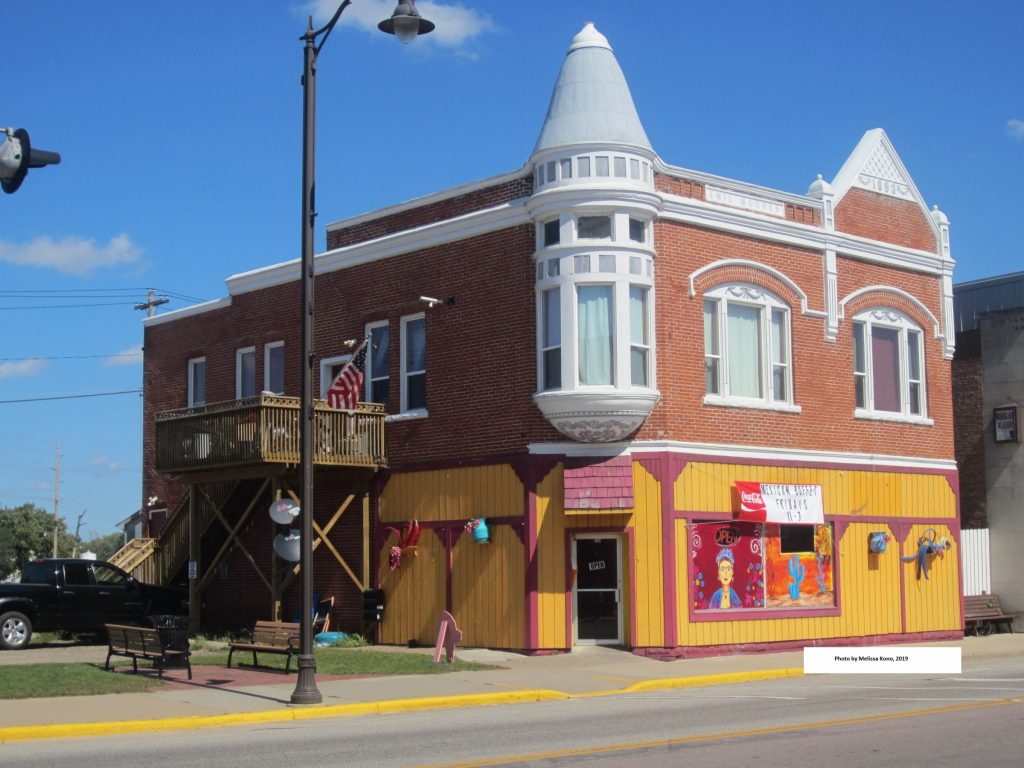

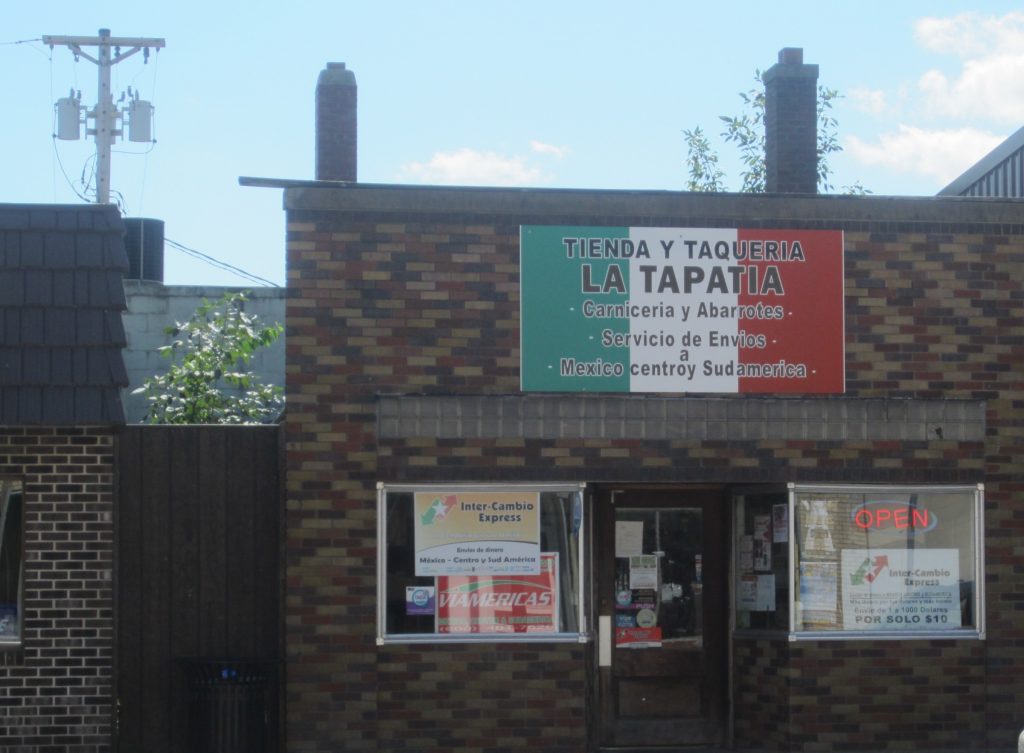
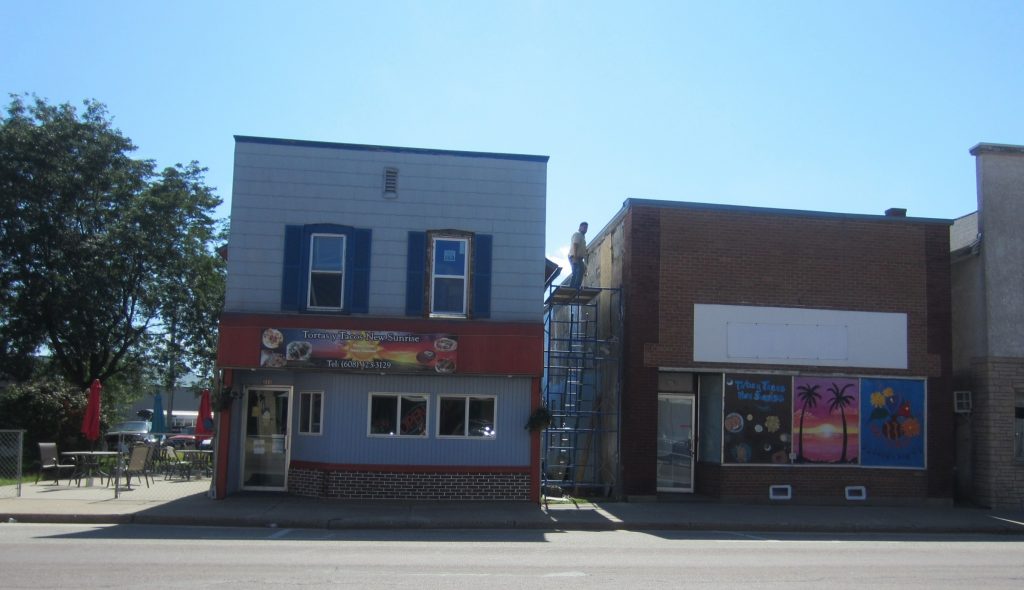



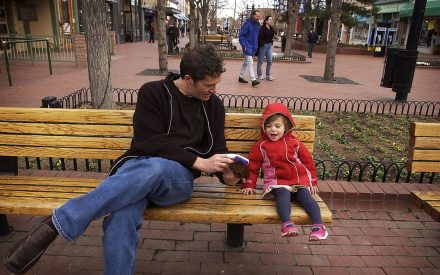
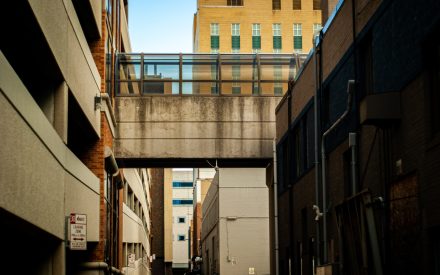
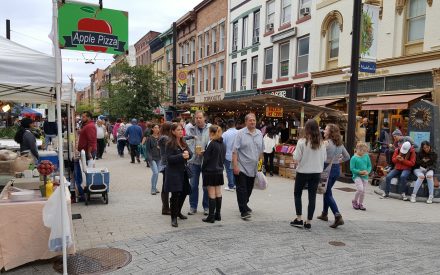
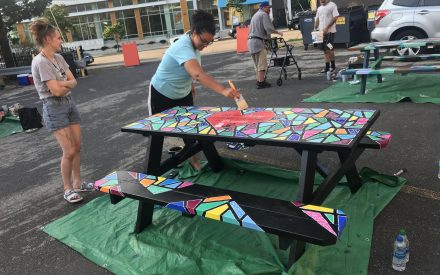
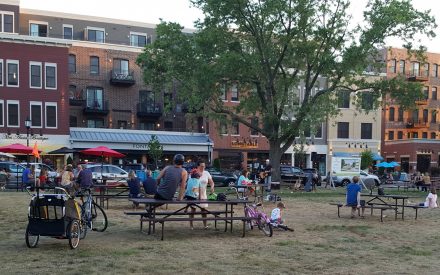

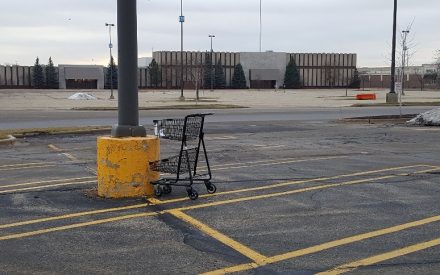




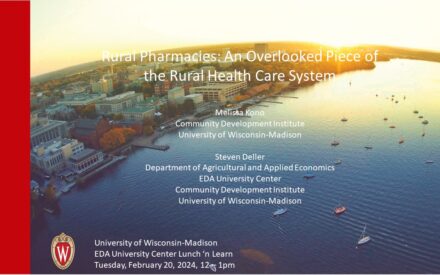 Rural Pharmacies an Overlooked Piece of the Rural Health Care System
Rural Pharmacies an Overlooked Piece of the Rural Health Care System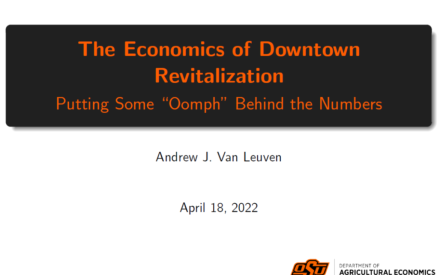 The Economics of Downtown Revitalization: Putting Some “Oomph” Behind the Numbers
The Economics of Downtown Revitalization: Putting Some “Oomph” Behind the Numbers The Hotel Industry: Recovery and Future Development in Our Communities
The Hotel Industry: Recovery and Future Development in Our Communities Focus Group Analysis Tips
Focus Group Analysis Tips


